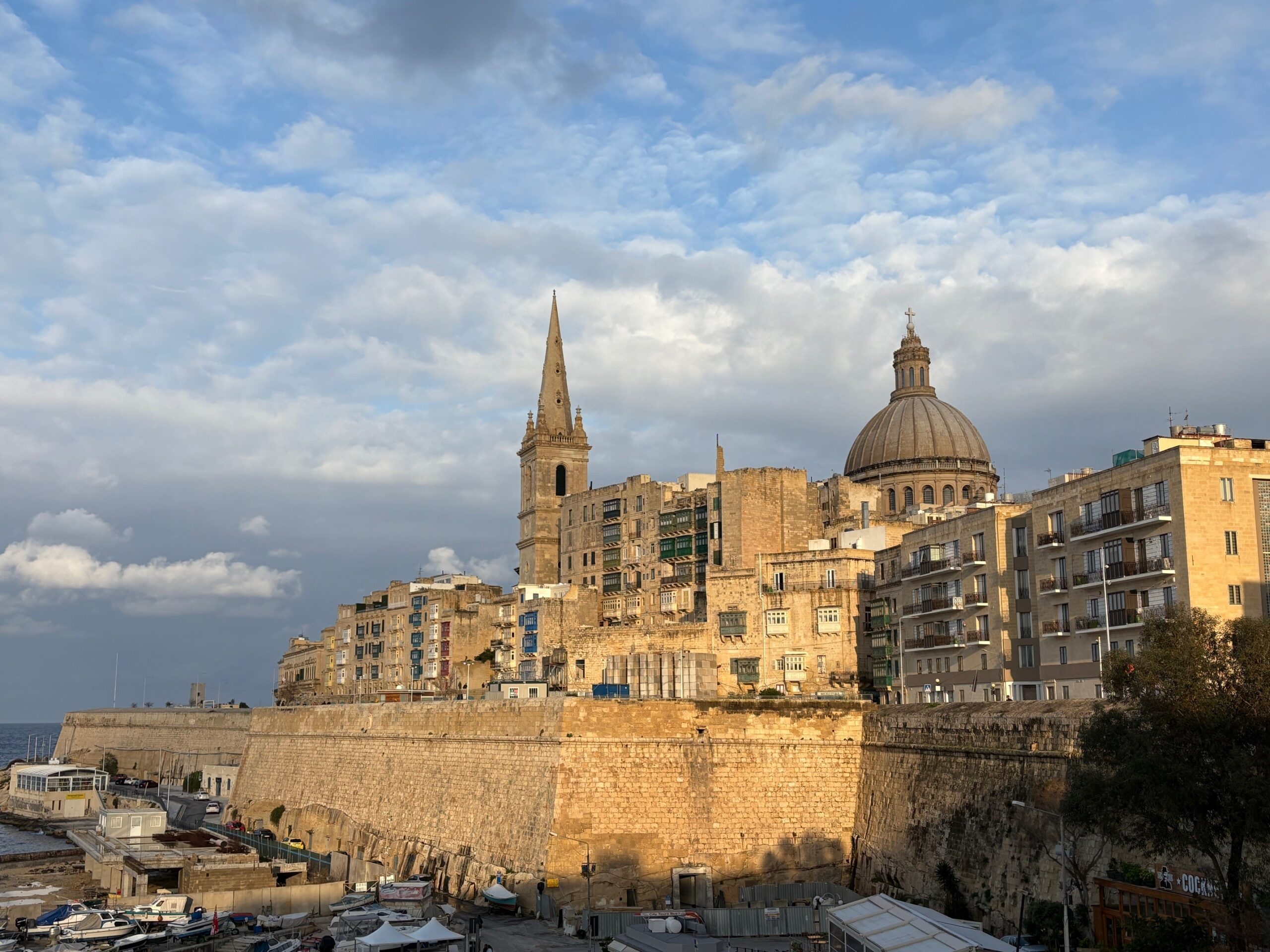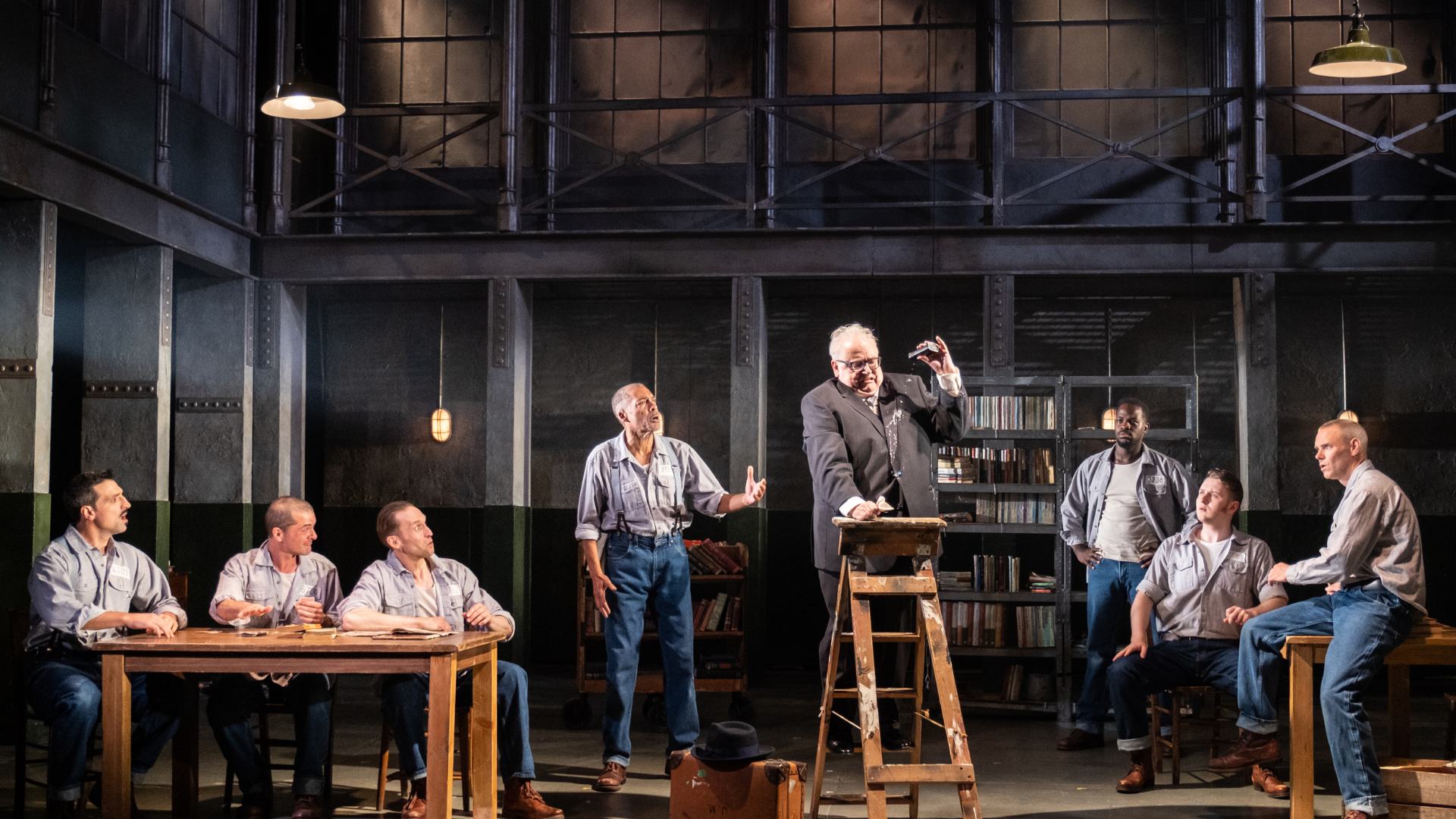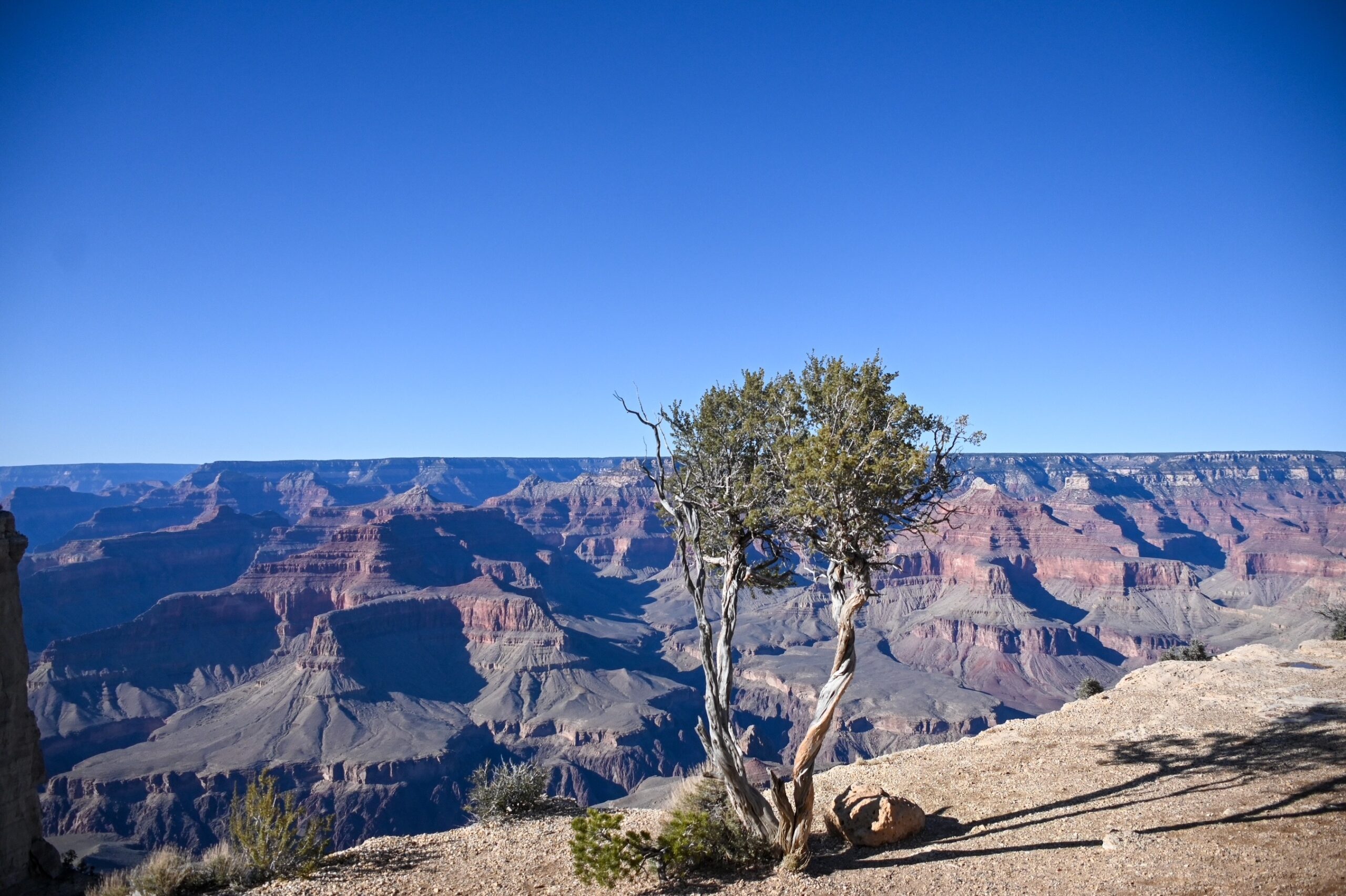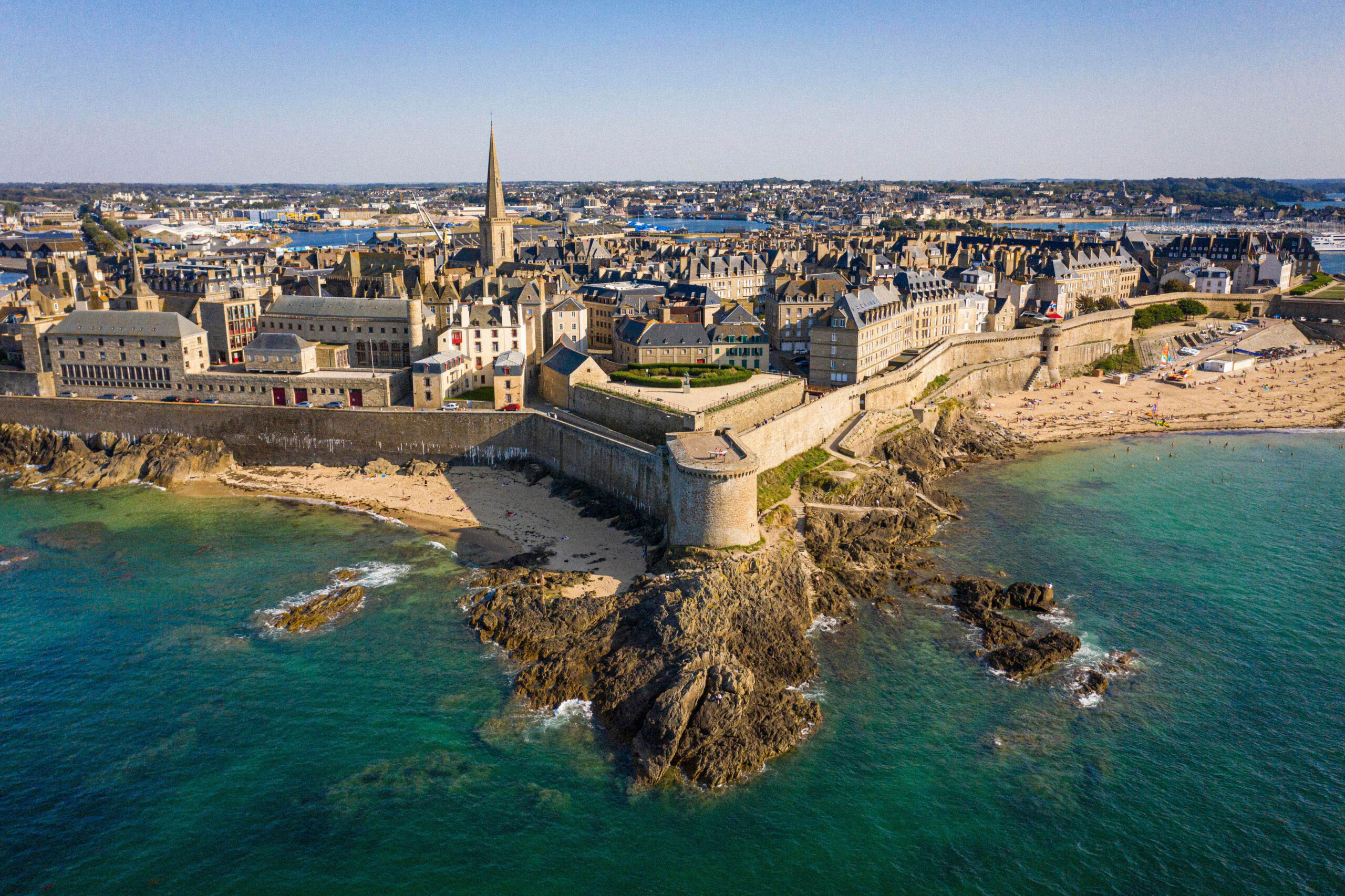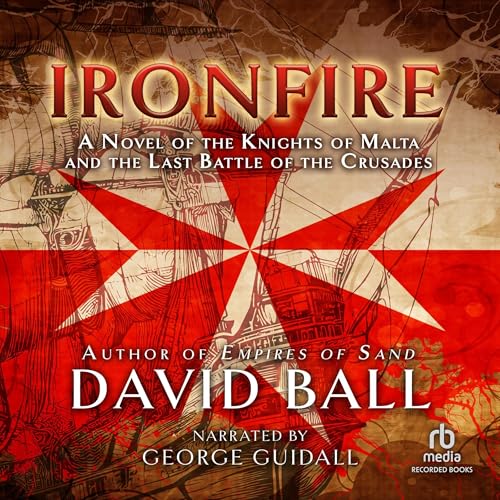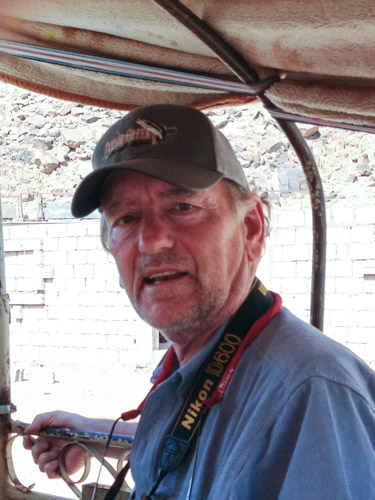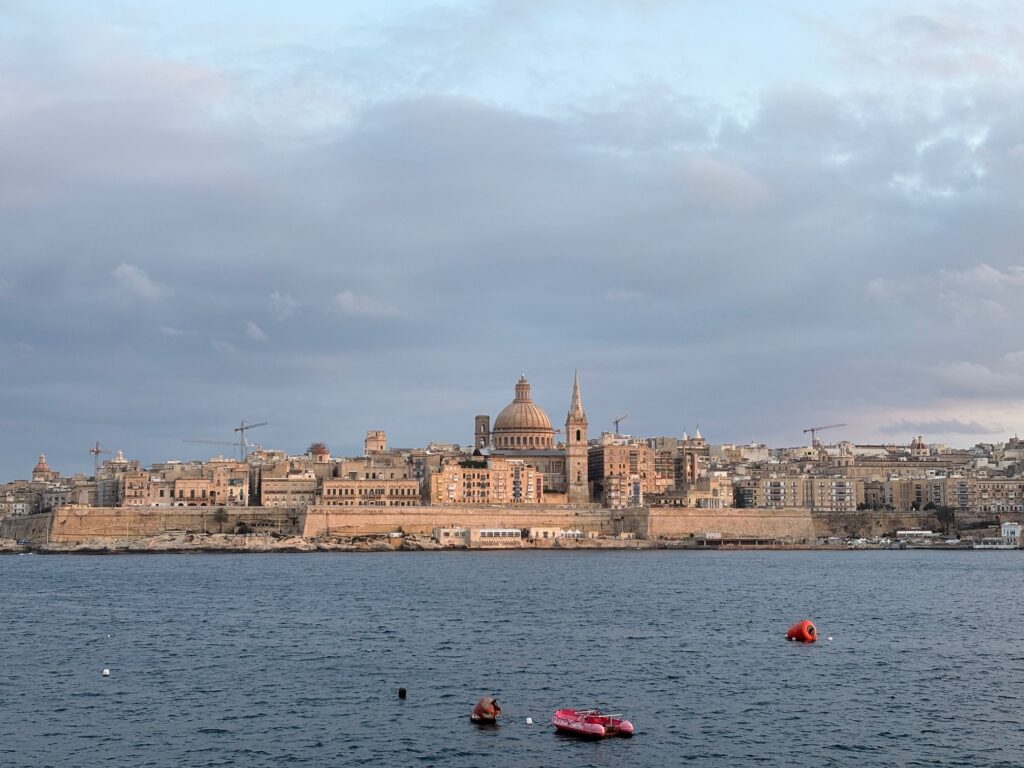It had been a long time since Malta, lost in the middle of the Mediterranean, south of Sicily but on the same latitude as Tunisia, attracted me. I’ve just spent a week there in February with a very good friend, a companion on many youth trips.
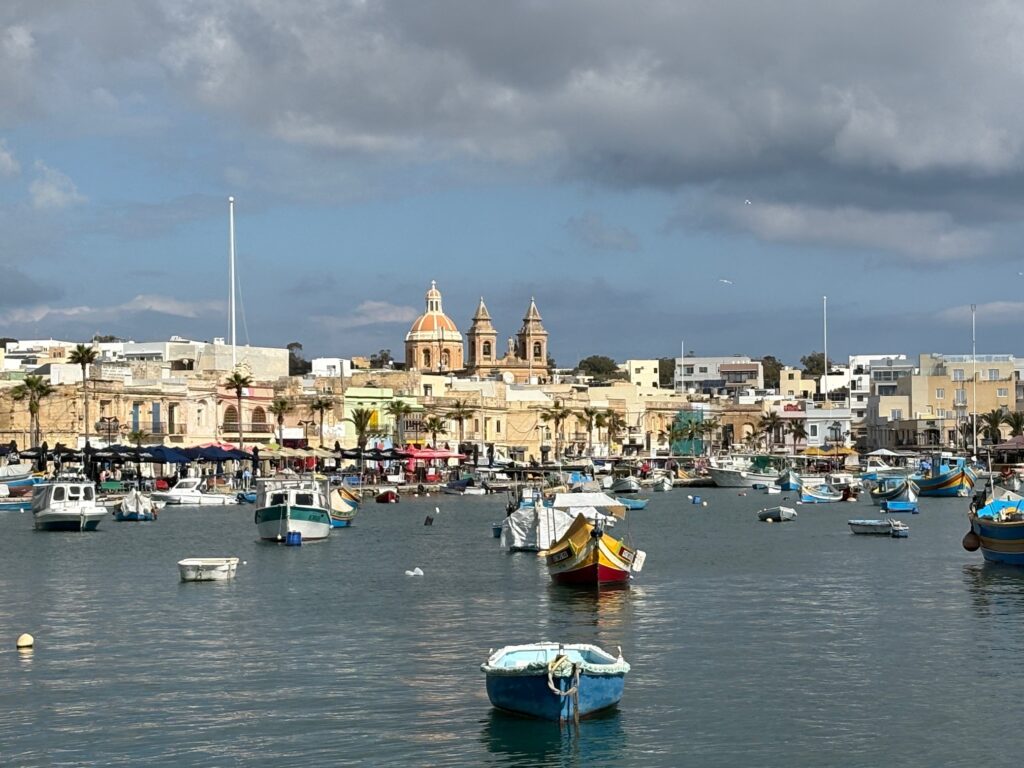
The two islands, Malta and Gozo, are small and easy to get around by bus, by boat or on foot. February offered us sunshine without too much heat and a carpet of yellow flowers on the hills that mark the relief inland. But you’re never far from the cliffs that plunge into the blue of the Mediterranean.

It was during an expedition to one of these cliffs that Nicolo Borg, the son of a Birgu mason, was kidnapped by Turkish privateers. His older sister, Maria, who had led him on this escapade, watched helplessly. The year was 1552, and Malta, whose administration had just been entrusted by Charles V to the Knights of the Order of St. John of Jerusalem, was the most advanced bastion of Christianity in a sea coveted by the Ottoman power.
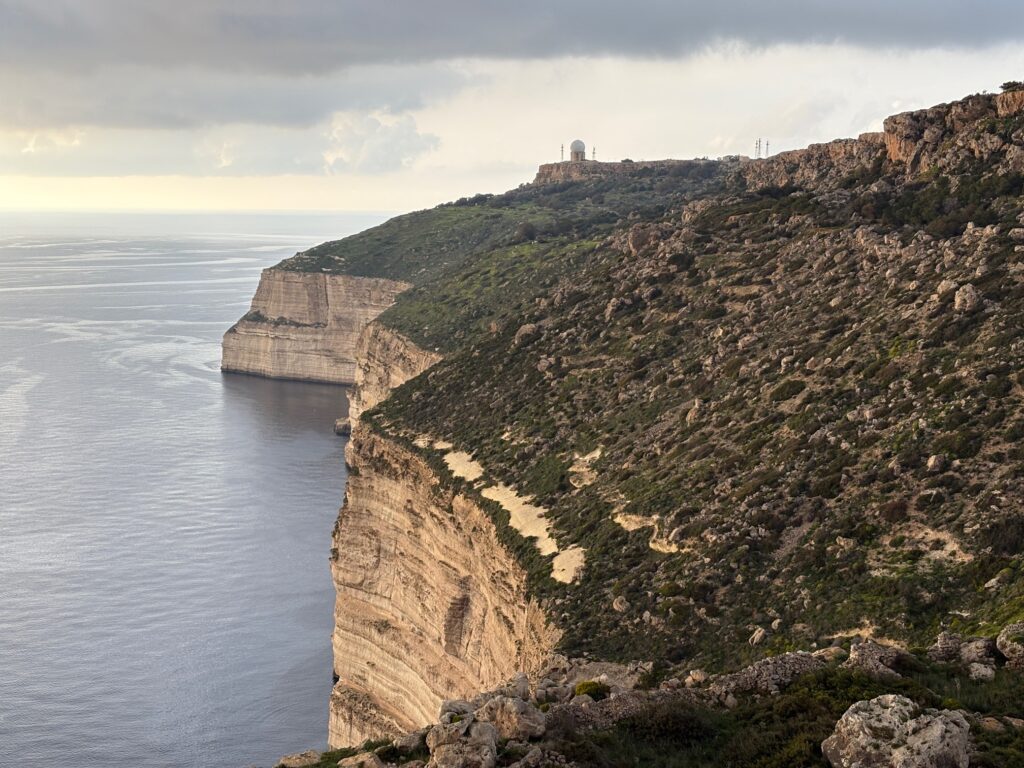
This episode is the starting point for the sumptuous historical novel “Ironfire” by American writer David Ball. After being sold into slavery in Algiers, Nicolo manages to escape and ends up in Istanbul. He converts to Islam, takes the name Asha, is admitted to a school for janissaries and rises through the ranks of the Sultan’s court. Meanwhile, Maria, furious at the Knights for doing nothing to save her brother, remains confined to Malta, despite her dreams of more promising horizons. She befriends a group of Marrano Jews hiding in the island’s caves. She also learns to read from Don Salvago, her parish priest, who, when she becomes a young woman, can’t resist her beauty and ends up raping her.
The novel ends with the Siege of Malta in 1565. The Ottomans, led by Dragut Rais, are several times on the point of taking the island, where the Knights, commanded by Jean de la Valette, resist as best they can, without receiving the reinforcements promised by the rest of the Christian kingdoms. Asha, alias Nicolo Borg, who has become one of the commanders of the Ottoman fleet, manages to infiltrate the Christian-held forts. He reunites with his sister but torn between his love for his homeland and the loyalty he has sworn to the Sultan, he’s not sure what role to play. He doesn’t act as a spy, but he can’t stop the massacres either.
I really enjoyed reading this well-paced novel, and I loved finding the names of the peninsulas and forts I’d visited around Valletta, the country’s capital, built after the Great Siege and named after its defender. One of the characters I really liked was Chrétien de Vriese, a French knight. More interested in medicine than the art of war, he is torn between his sense of duty to the Order and his love for Maria. He reminded me a little of Caravaggio. Having fled Rome after being implicated in a crime, the brilliant Italian painter ended up in Malta. He became a knight and created some splendid paintings, including “The Beheading of St. John the Baptist” in an oratory of St. John’s Co-Cathedral in Valletta, before getting involved in another brawl, being taken prisoner, dismissed from the order and forced to leave the island.
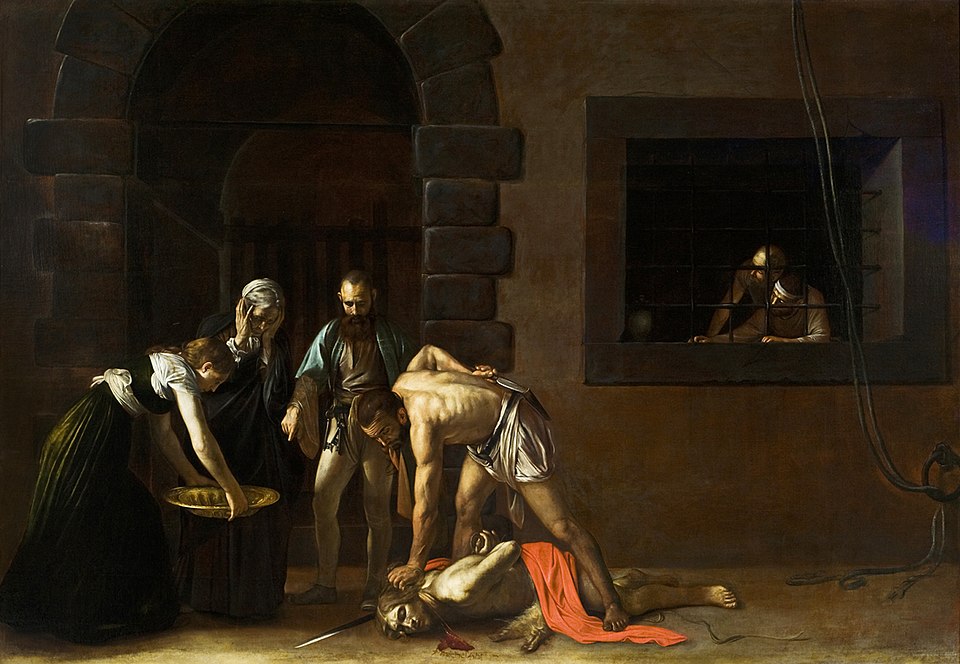
To travel to Malta is to immerse yourself in a bath of history and even prehistory. A short bus ride takes you from megalithic temples – arguably the oldest in the world – to Hal Saflieni’s hypogeum, to memories of the other siege of Malta, when the island, still a British colony, withstood Italian and German bombing during the Second World War, to the superb Baroque churches whose yellow stones reflect the sun and rounded domes punctuate the landscape.
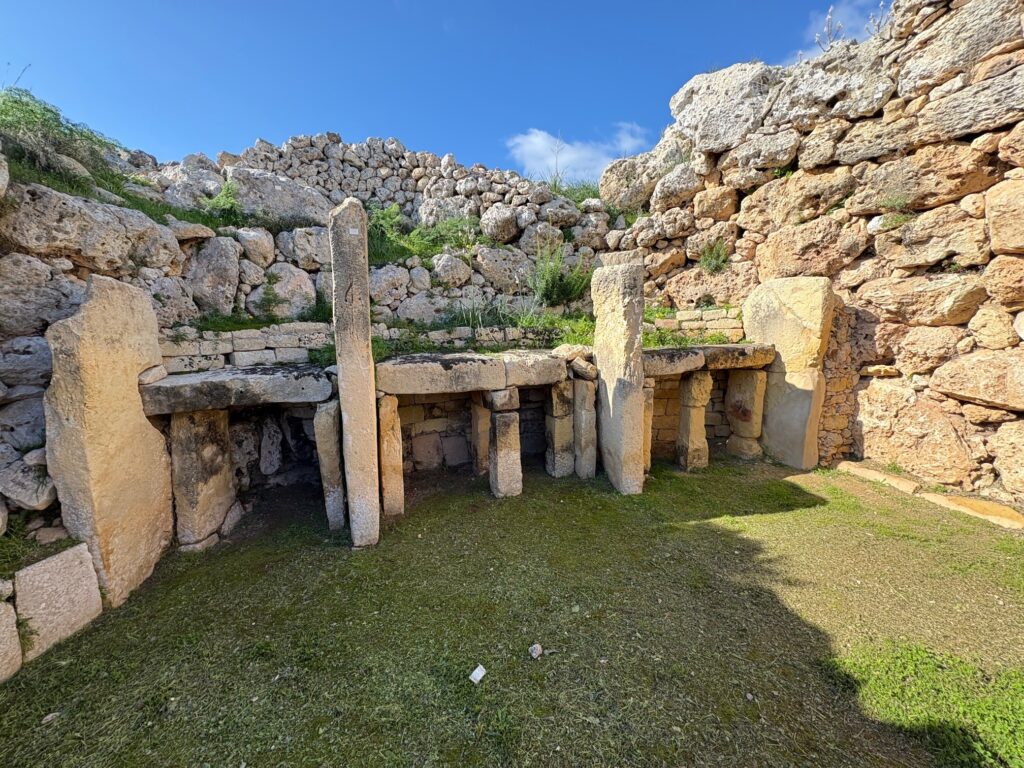
NB: “Ironfire” is the original title in the USA, while in England the novel is called ‘The Sword and the Scimitar’.
